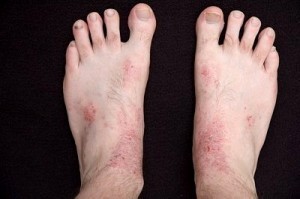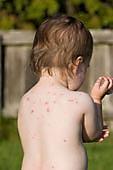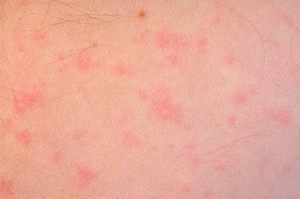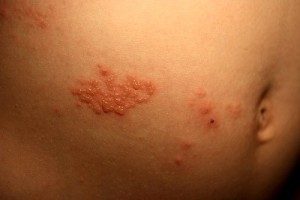What Causes a Mole?
A mole (or melanocytic nevus) is an abnormal collection of pigment cells present within the skin. These cells are known as melanocytes. Moles are extremely common and are usually brown or black in color. They can appear anywhere on the skin, alone or in groups. Most moles appear in early childhood and during the first 20 years of a person’s life. Some moles may not appear until later in life. It is normal to have between 10-40 moles by adulthood.
As the years pass, moles usually change slowly, becoming raised and / or changing color. Often, hairs develop on the mole. Some moles may not change at all, while others may slowly disappear over time.
Causes of a mole
Moles occur when cells in the skin grow in clusters instead of the usual pattern of dispersal of cells throughout the skin. These cells are called melanocytes, and they make the pigment that gives skin its natural color. Moles may darken after exposure to the sun, during the teen years or during pregnancy.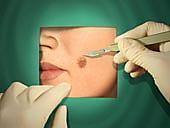
Congenital nevi are moles that appear at birth. It occurs in about one to 100 people. These moles may be more likely to develop into melanoma (cancer) than are moles that appear after birth. A mole or freckle should be checked if it has a diameter of more than 7 mm or any characteristics of the ABCDE of melanoma.
The ABCDE checklist includes the following aspects:
- asymmetry: This occurs when the two halves of the moles do not match
- border of the mole: The mole may have ragged edges or blurry irregular borders
- color of the mole: The mole may develop other colors such as blue, green, red or white
- diameter: The mole may become too big
- elevation: Mole may appear to be raised or elevated from the surface of the skin
If any of the above mentioned symptoms are detected, the person should immediately consult a trained medical practitioner.
Dysplastic nevi are moles that are larger than the average size (larger than a pencil eraser) and they are irregular in shape. They tend to have uneven color with dark brown centers and lighter, uneven edges. These moles tend to be hereditary (passed on from parent to child through genes). People with dysplastic nevi may have more than 100 moles and have a greater chance of developing melanoma, a serious form of skin cancer. Any changes in a mole should be checked by a dermatologist to detect skin cancer.
Most moles are not dangerous. The only moles that are of medical concern are those that look different than other existing moles or those that first appear after age 20. If you notice changes in a mole’s color, height, size or shape, you should have a dermatologist (skin doctor) evaluate it. You also should have moles checked if they bleed, ooze, itch, appear scaly or become tender or painful.
Examine your skin with a mirror or ask someone to help you. Pay special attention to areas of your skin that are often exposed to the sun, such as the hands, arms, chest, neck, face and ears.
If your moles do not change over time, there is little reason for concern. If you see any signs of change in an existing mole, if you have a new mole, or if you want a mole to be removed for cosmetic reasons, talk to your dermatologist.


